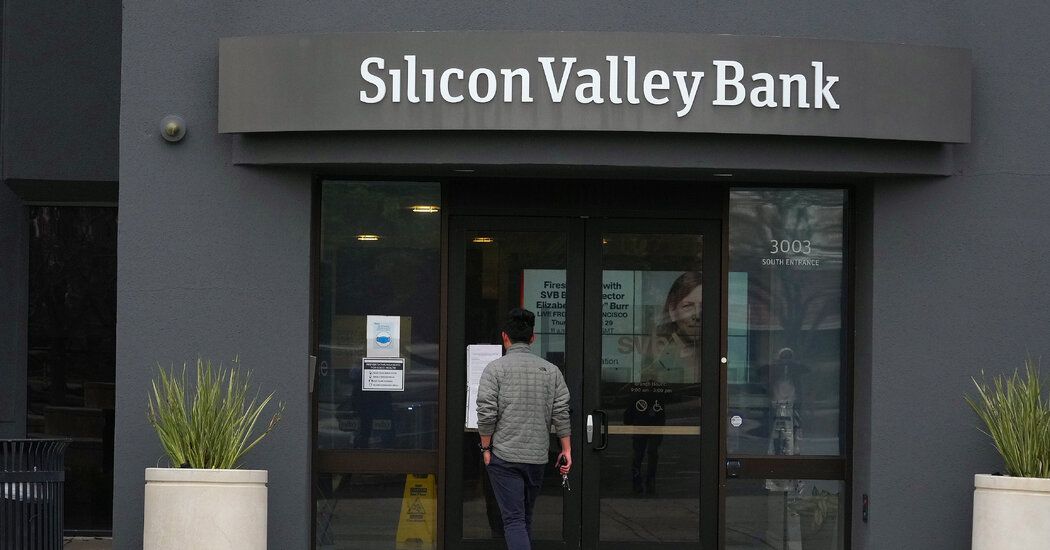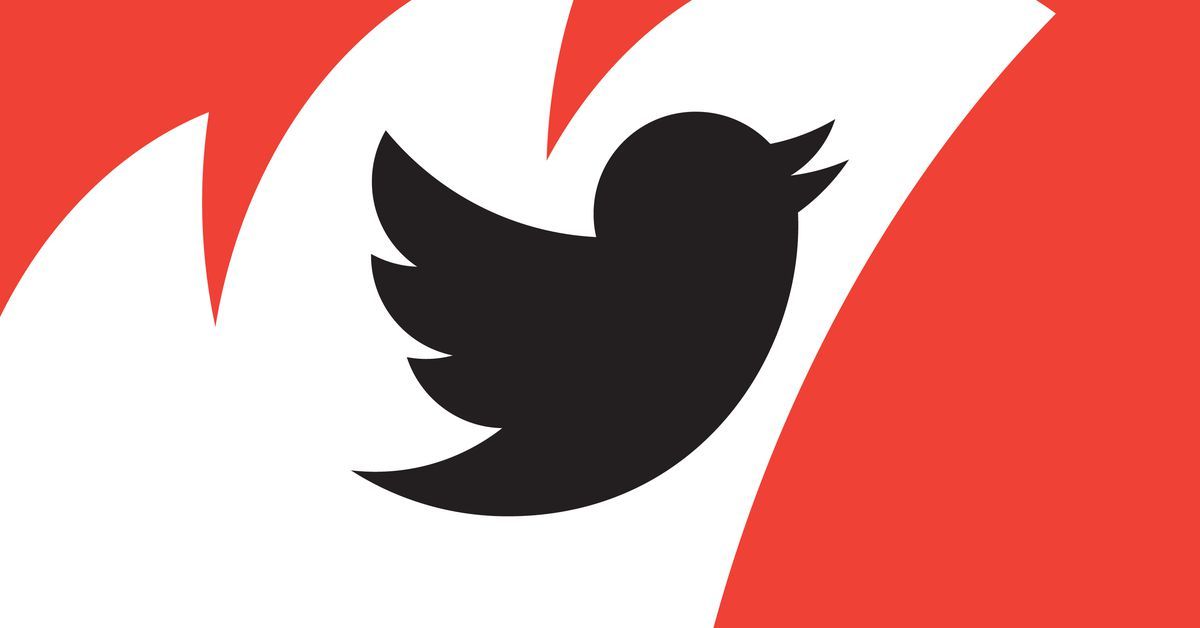What to Watch as the Fed Releases Its Look Into Silicon Valley Bank
Still, most of the attention has focused on S.V.B., in part because significant weaknesses at the bank appear to have started and grown progressively worse in plain sight in the years leading up to its demise. The bank had a large share of deposits above the government’s $250,000 insurance limit. That is a potential risk, given that uninsured depositors are more likely to pull their money at the first sign of trouble to prevent losing their savings.
The bank’s leaders also made a big bet on interest rates staying low. That became a problem as the Fed, trying to control rapid inflation, carried out its most aggressive rate increase campaign since the 1980s. The bank held longer-term bonds that dropped in value as interest rates rose, because newer debt issued at the higher rates became more attractive for investors.
Supervisors at the Fed were aware of many of the bank’s problems and had flagged and tried to follow up on some of them. Yet the issues were not resolved quickly enough to save the bank.
The questions that the review could answer center on what went wrong. Was it a problem at the Federal Reserve Bank of San Francisco, which supervised the bank, or did the fault rest with the Federal Reserve Board, which has ultimate responsibility for bank oversight? It is also unclear whether there was an issue with the Fed’s culture around — and approach to — supervision, or whether the existing rules were lacking.
“It’s a little bit of a mystery” what the report will hold, said Steven Kelly, a researcher at the Yale Program on Financial Stability, explaining that he had little expectation that the release would point fingers. “In some sense, they really need a head on a pike — and they’re not going to do that in this report.”
Source: The New York Times


